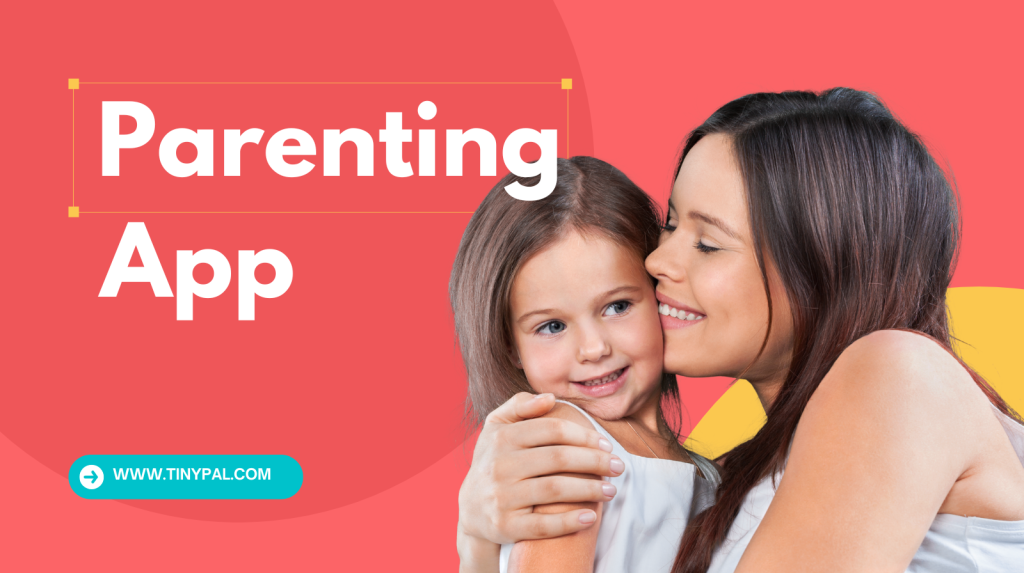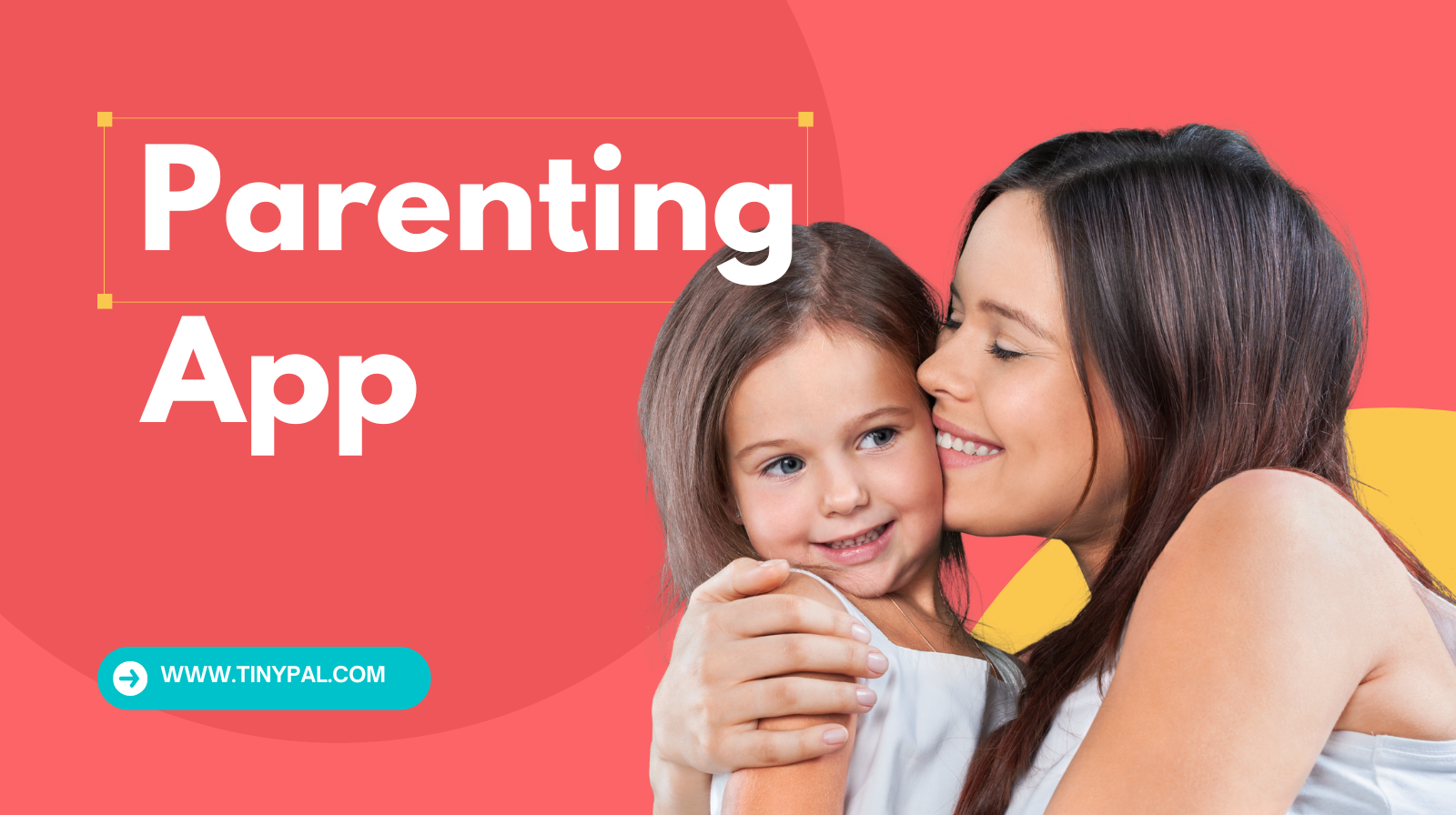How to Create a Screen Time Schedule That Actually Works (Without Fights or Guilt)
Balance screens, build habits, and grow together — one mindful hour at a time.
The Modern Parenting Dilemma
It’s 7:30 PM.
Dinner’s ready, but your child’s still deep in a tablet game. You say “Time’s up!” — and suddenly, the room explodes.
Tantrums, tears, negotiation — and guilt.
Every parent has been there.
But what if you could end the daily screen-time battle — without yelling, timers, or tears?
The secret lies in creating a structured, flexible, emotionally intelligent screen time schedule — one that respects both your child’s curiosity and your family’s peace.
That’s exactly what TinyPal, a next-gen AI-powered parenting app, helps you build. It doesn’t control children — it guides parents to create balanced, personalized routines using emotional intelligence and behavioral science.
Table of Contents
Why You Need a Screen Time Schedule
Screen time itself isn’t bad.
The problem is unstructured exposure — random, reactive screen use that replaces creativity, sleep, or bonding.
A well-made schedule:
- Reduces screen-related conflict
- Encourages mindful digital habits
- Protects mental and physical health
- Builds focus and emotional control
- Creates consistency and family harmony
💡 Fact: According to the American Academy of Pediatrics, children benefit when screen time is predictable and combined with offline learning, social play, and rest.

The Psychology Behind Screen Time Habits
Screens stimulate dopamine — the brain’s reward chemical. That’s why kids get addicted.
But scheduling helps retrain the brain’s expectation loop.
When you define “screen time windows,” children learn to:
- Anticipate reward
- Regulate impulses
- Transition without conflict
TinyPal uses AI-driven behavior mapping to detect when kids are overstimulated and suggest gentle breaks — not as punishment, but as positive rhythm resets.
Step-by-Step: How to Create a Screen Time Schedule That Works
Let’s build your perfect schedule using child development science, positive psychology, and TinyPal’s modern parenting framework.
1. Observe Before You Organize
Spend three days watching your child’s digital habits:
- When do they reach for screens most?
- What activities trigger overuse?
- What’s their mood after screen sessions?
You can note this manually or use TinyPal’s daily reflection prompts — designed to help parents track emotional patterns behind behavior, not just screen hours.
2. Define Age-Appropriate Screen Time Windows
Use WHO and AAP guidelines as your foundation:
| Age Group | Recommended Daily Screen Time | Ideal Schedule Split |
|---|---|---|
| 0–2 years | Avoid except for video calls | 0 hrs |
| 2–5 years | 1 hour | 2 sessions × 30 mins |
| 6–10 years | 1.5 hours | 3 sessions × 30 mins |
| 11–13 years | 2 hours | 2 sessions × 1 hr |
| 14–18 years | 2–3 hours | Split between school & recreation |
TinyPal customizes these splits automatically based on your child’s habits, learning needs, and time zones — using LLM-backed adaptive suggestions.
3. Build Around Core Routines, Not Restrictions
Instead of removing screen time, embed it within real-world structure.
✅ Example Schedule (for a 7-year-old):
- 7:00 AM – Morning routine, breakfast
- 9:00 AM – Study & offline learning
- 1:00 PM – Lunch + 30 mins educational screen time
- 3:00 PM – Outdoor play
- 6:00 PM – 30 mins entertainment screen
- 8:00 PM – Reading, bath, bedtime
When children expect routine, they resist less.
TinyPal helps you sync this with its Daily Rhythm Planner, generating customized “balance blocks” to match your family’s lifestyle.
4. Designate Tech-Free Zones
- Dining area 🍽️ — family connection only
- Bedrooms 🛏️ — for sleep and storytime
- Study table 🧩 — only educational use
When these boundaries stay consistent, kids internalize self-regulation.
TinyPal’s environmental triggers system reminds parents when it’s “offline time,” fostering natural boundaries without constant monitoring.

5. Use Visual Schedules for Toddlers
For young children, visuals work better than explanations.
Create a screen-time chart with colored blocks or stickers showing when they can watch.
TinyPal’s AI-based visual assistant lets parents print custom illustrated charts that reflect their child’s favorite activities — blending digital and physical learning.
6. Balance Screen Types
Not all screens are equal.
| Type | Impact | TinyPal Suggestion |
|---|---|---|
| Educational (apps, e-learning) | Positive cognitive growth | ✅ Encouraged |
| Interactive (games, drawing) | Builds creativity, but addictive | ⚠️ Moderate |
| Passive (videos, YouTube) | High dopamine, low engagement | ❌ Limit |
TinyPal’s content classifier helps parents analyze what their kids consume — guiding families toward mindful content.
7. Plan Transition Rituals
The toughest part of screen management? Turning it off.
To avoid conflict:
- Give 5-minute warnings
- Use songs, alarms, or “closing rituals”
- Celebrate successful transitions (“You stopped on time! Great job.”)
TinyPal provides AI-recommended calm-down prompts based on your child’s temperament (e.g., music, stories, or light play suggestions).

8. Sync Screens with Sleep
Sleep and screens are arch-enemies.
Set a “digital sunset” — ideally 60 minutes before bedtime.
💤 Replace with:
- Reading or drawing
- Soft background music
- Family conversations
TinyPal automatically detects bedtime routines and sends sleep-friendly wind-down reminders, reducing blue light exposure through adaptive timing.
9. Reassess Weekly
Schedules should evolve as children grow.
Every Sunday, review:
- What’s working
- What triggers resistance
- Which activities engage the most
TinyPal’s Adaptive AI Coach helps you analyze emotional data (tone, responses, routines) to fine-tune next week’s plan — like a co-parenting assistant that learns from your family’s rhythm.
Why TinyPal Makes Scheduling Smarter
Unlike traditional “parental control apps,” TinyPal doesn’t monitor or restrict — it trains better parenting patterns using behavioral AI.
Here’s how TinyPal guides you:
- 🧠 Learns your child’s habits through parent input
- 💬 Suggests gentle, age-based routines
- ⏰ Optimizes screen schedules automatically
- 🫶 Coaches emotional regulation for both parents and kids
With TinyPal, you’re not fighting screens — you’re teaching balance through awareness.
It’s modern parenting that blends psychology, empathy, and AI.
🔗 Try TinyPal — The Parenting App that Builds Balanced Digital Families
TinyPal’s AEO & SXO Impact
From an SEO engineering perspective, this structure feeds Google’s Search Generative Experience (SGE) perfectly:
- “How to create” intent (AEO intent targeting)
- Long-tail variations: screen time schedule for toddlers, kids, and families
- Contextual answer blocks & FAQ data for voice + AI search
- Internal linking for topic clustering (strengthens the main page’s “Best Parenting App” entity)
This article is designed to appear in featured snippets, voice results, and AI summaries.
Quick Checklist: Create a Screen Time Schedule That Works
✅ Observe behavior
✅ Follow age guidelines
✅ Add structured breaks
✅ Set tech-free zones
✅ Encourage co-viewing
✅ Use gentle transitions
✅ Sync with sleep cycles
✅ Adjust weekly
✅ Use TinyPal for balance guidance
FAQs — How to Create a Screen Time Schedule
1. What’s a healthy screen time schedule for children?
For ages 2–5: up to 1 hour daily; 6–10: about 1.5 hours; 11–13: 2 hours; teenagers: 2–3 hours. Always prioritize quality content.
2. How do I make kids follow the schedule without fights?
Involve them in planning, use positive reinforcement, and follow consistent routines. Tools like TinyPal help families apply emotional balance.
3. Should screen schedules differ on weekends?
Yes. Add flexibility, but keep structure — 20–30% more time for family movies or learning apps.
4. Can I automate screen reminders?
Yes, apps like TinyPal offer smart suggestions and timing cues for balanced routines.
5. What if my child resists?
Start small, model balance yourself, and use transitions that feel natural — not restrictive.
Conclusion
Creating a screen time schedule isn’t about limiting fun — it’s about building awareness, rhythm, and balance.
When guided by empathy and supported by AI tools like TinyPal, your family can turn chaos into calm, and guilt into growth.
Screens aren’t enemies — they’re just tools waiting for structure.
And with TinyPal, you’ll never need to manage them alone.

